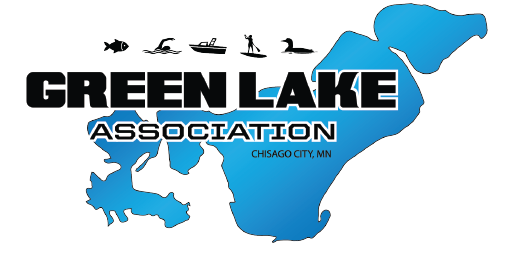About the Species in the Lake
Eurasian Water Milfoil

Eurasian Watermilfoil (Myriophyllum spicatum) – once commonly sold as an aquarium plant, this invasive species was first introduced as early as the 1940’s. Similar in appearance to northern watermilfoil, a native species, Eurasian watermilfoil can be best identified by counting the number of leaflets. Eurasian watermilfoil will have 12 or more leaflets, compared to the 6 or less on native species.
Once established, Eurasian watermilfoil can quickly become the dominant plant in a local ecosystem, blocking sunlight from native species and spreading easily from one area to another. Often introduced by boaters who go from one boat landing to another without properly cleaning and removing debris

Eurasian Milfoil
Curly Pondweed

Curly-Leaf Pondweed (Potomogeton crispus) – often the first pondweed to appear in spring, Curly-Leaf Pondweed thrives in cold waters, such as those found throughout Wisconsin and other Midwestern states. Due to its preference for cold water, Curly-Leaf Pondweed begins growing while ice may still cover most lakes, gaining a head start over other native plants. This unique life-cycle allows it to outcompete native plants for resources, but it also means that it dies off earlier than most other species.
This creates a unique problem because the decomposition of Curly-Leaf Pondweed in late summer can decrease dissolved oxygen levels, destroying native fish populations. In addition it can create a sludgy mess that is a headache for boaters and lakefront home owners.

Curly Pondweed
Future Prevention

AIS Prevention Activities (To be done by boaters at AIS Activity Areas ) Boaters are required to complete three main actions before leaving the access or riparian property.
AIS prevention activities that are required in MN State Statute.
- Clean the boat by removing all plants, mud, debris and organisms from the exterior and interior of the boat (including angling equipment and the anchor).
- Drain all water from the boat and other water related equipment, including bait water.
- Pull the plug (it must remain out during transport).
If a watercraft inspector is present, boaters must comply with the inspector’s AIS inspection requirements before and after launching, which can include:
- Visual inspection of watercraft and equipment.
- Tactile inspection of watercraft and equipment.
- Decontamination of watercraft and/or equipment.
Failure to complete or comply with any of the above may result in a civil citation. Before going to another water body, boaters should complete one of the following recommended actions. -these are not mandatory unless an authorized watercraft inspector or conservation conservation officer has ordered the action.
- Dry the boat and all water related equipment for a minimum of 5 days.
- Wash/power spray the boat (preferably with hot water) to remove and kill all plants and organisms.
